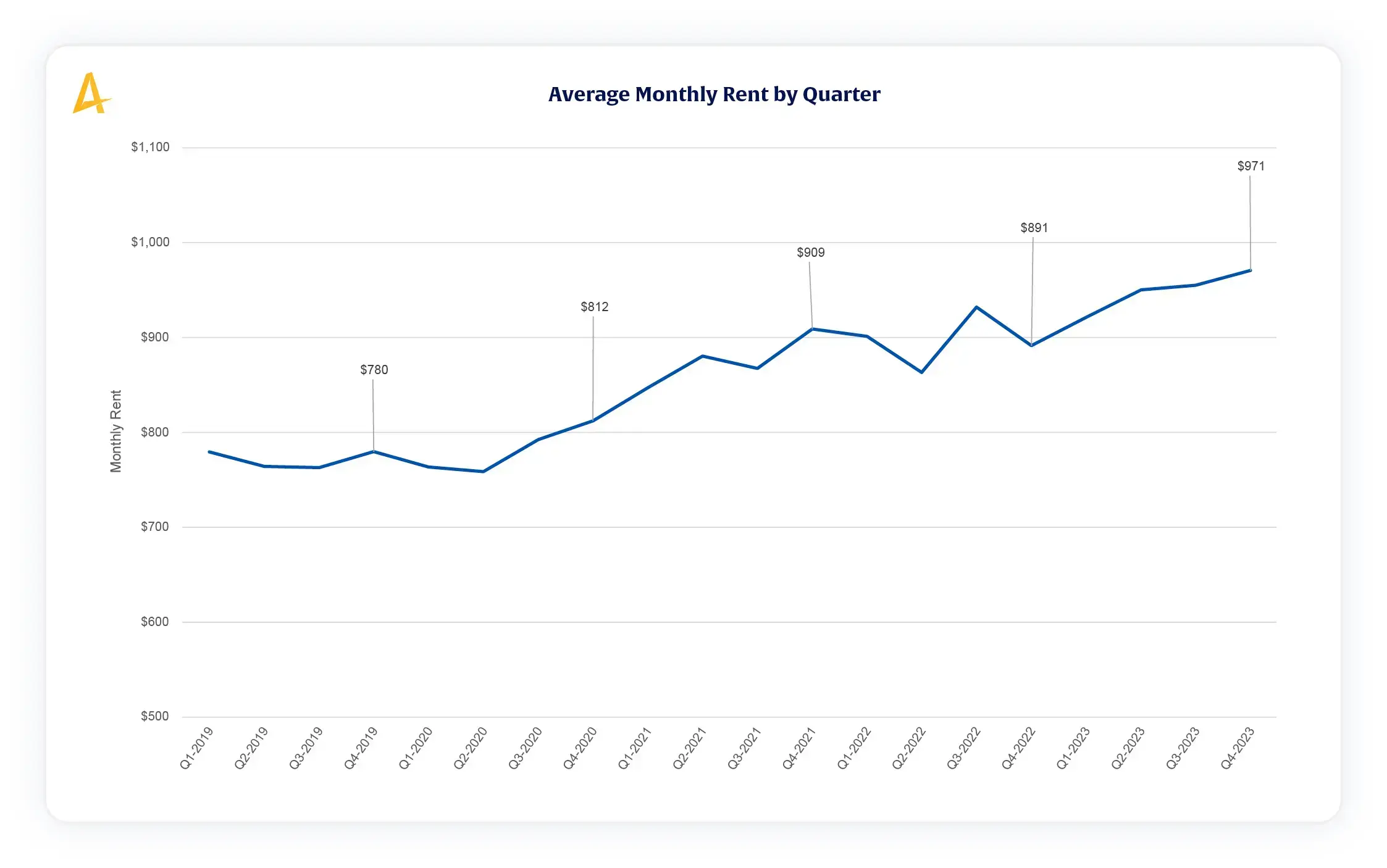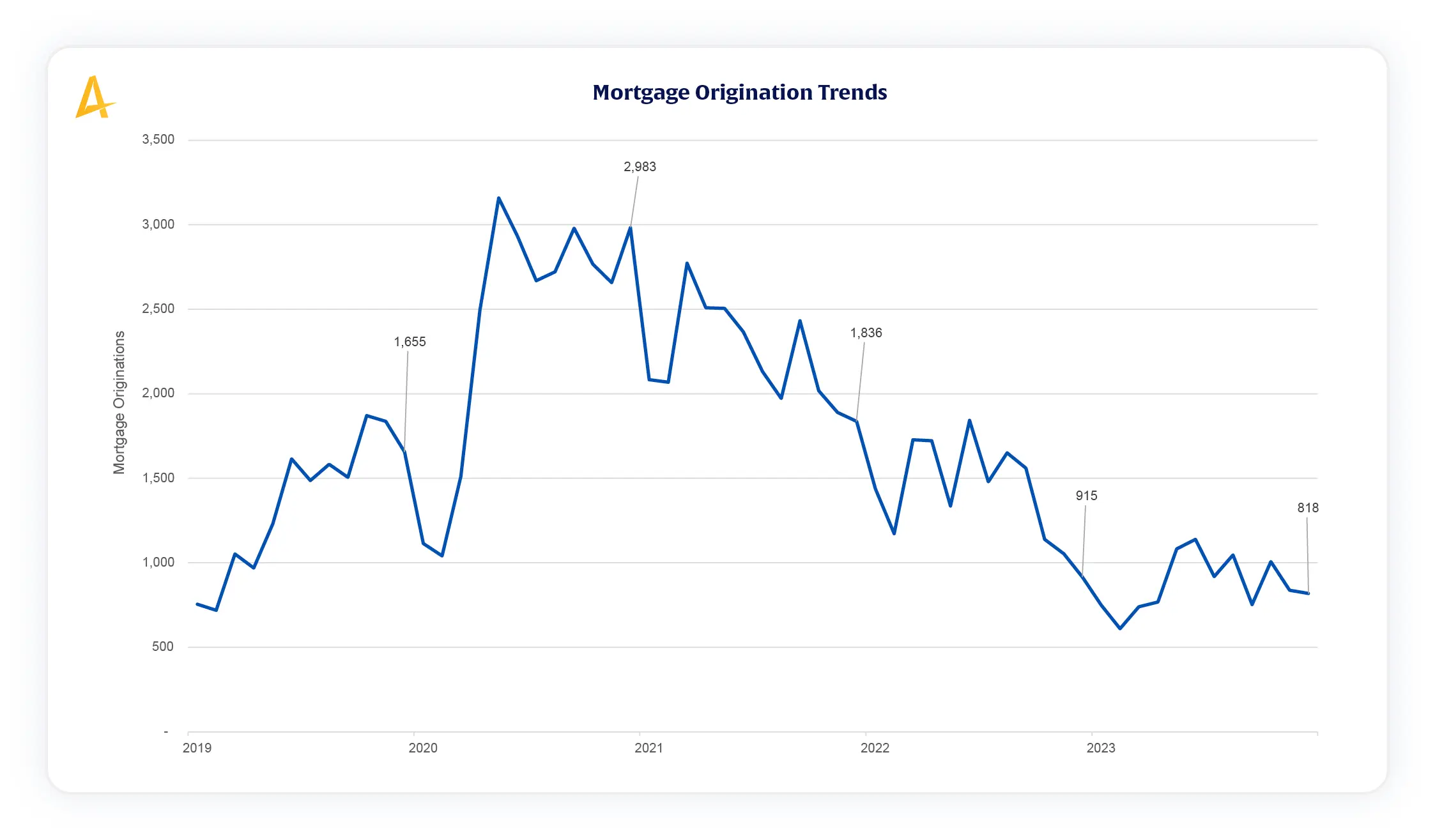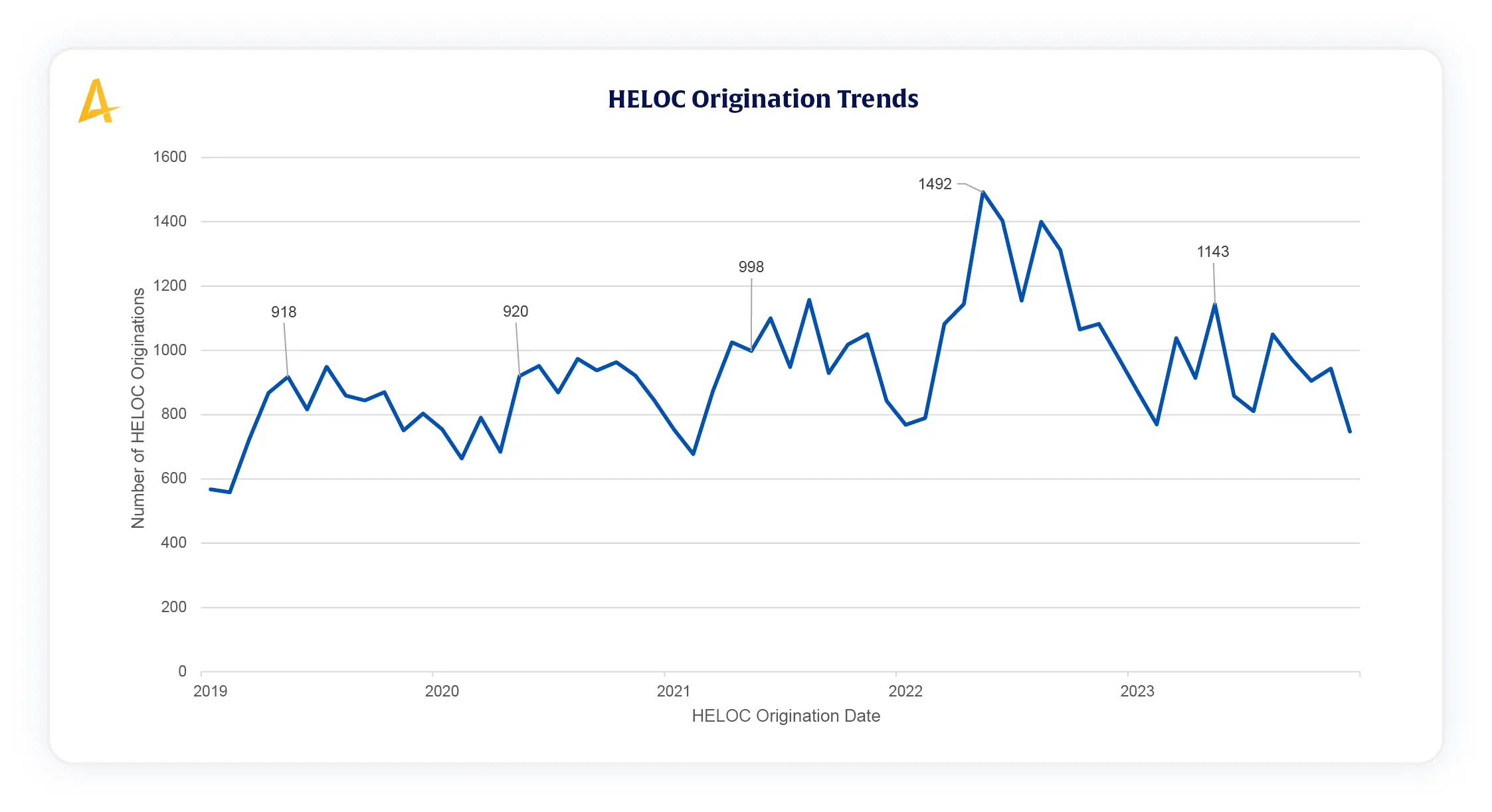By: Marla Pieton, Sr. Director, Influencer Marketing and Research
The housing market has always been an area where consumers and financial institutions keep a strong pulse on overall activity. However, in recent years, challenges have risen and intensified due to the inflationary environment driving up interest rates and also reducing inventory. Alkami’s State of the Industry: The 2024 Telemetry Data Report reveals the significant impact of increasing interest rates and costs on both homebuyers and renters. In order to better serve consumers, financial institutions should evaluate their digital banking solutions and evaluate where they can extend their offering to fill in the gaps and enhance financial literacy.
In recent research commissioned by Alkami, in partnership with The Center for Generational Kinetics, 74% of digital banking Americans think that purchasing a home helps wealth building (as opposed to hindering it), including 82% of baby boomers (59-65) compared to 64% of Generation Z (22-27). While the perception is aspirational, the reality for some continues to come with challenges, lack of purchasing power and a question of affordability. The below will highlight trends and offer insights for financial institutions to better support their account holders.
One striking finding from the report is the sharp increase in rent payments over the past few years. From Q3 2020 to Q4 2023, the average monthly rent payment surged by 24.4%, reaching $971 per month (Page 6, Figure 1). This steep rise has put a considerable strain on renters, many of whom are already struggling with other financial pressures.
Key Data Points

The challenges are not confined to renters. Homebuyers are also feeling the fluidity of the market, as owning a home becomes increasingly elusive. Only 10% of digital banking Americans without a mortgage are extremely or very interested in purchasing one in the next 12 months. The report highlights a dramatic decline in mortgage originations, which dropped by 72.5% from December 2020 to December 2023 (Page 7, Figure 2). This decline is driven by a combination of skyrocketing home prices and rising interest rates.
Key Data Points

As traditional mortgage options become less viable, many homeowners are turning to home equity lines of credit (HELOCs) as an alternative means of accessing funds. The report notes a 24.2% increase in HELOC originations from 2020 to 2023, indicating a growing reliance on this financial product (Page 11, Figure 6).
Key Data Points

RCFIs have an opportunity to adopt proactive strategies to support both renters and homeowners. Insights derived from transaction data that sits in a financial institution’s ecosystem can unlock insights for targeted messaging through financial services marketing automation on digital channels. Here are some key recommendations based on the report’s findings:
The housing market presents volatility for both renters and homebuyers. By understanding the trends and proactively addressing the needs of account holders, financial institutions can play an impactful role in helping individuals navigate these difficulties and remain financially well. Offering competitive products, personalized support, and educational resources will not only enhance satisfaction but also strengthen the relationship between consumers and their financial
